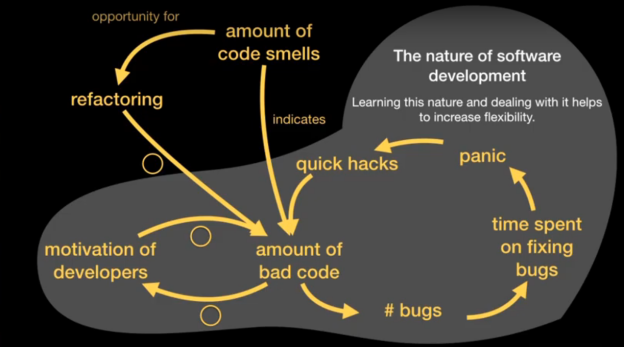https://www.mulesoft.com/resources/api/what-is-rest-api-design
The topic I’ll be writing about this week is Rest API design which is one of the topics listed to be covered in the class syllabus, though we haven’t covered it yet if at all. It’s also worth noting that the following information is taken from the websites linked above. Rest API design or simply Rest stands for REpresentational State Transfer and is an architectural style for distributed hypermedia systems. The purpose of Rest is to create web services that have reliability, fast performance, and the ability to grow by reusing components that are managed and updated without affecting the larger system. There are six guiding restraints that an API must follow to implement Rest. The first is “client-server” which states that the client and server should be completely separate in order to improve scalability and portability. The second is “stateless” which means that each call should contain all the data needed to complete itself. The third is “cacheable” which means that the storage of cacheable data should be encouraged. The fourth is “uniform interface” which means the interface should follow four constraints: identification of resources; manipulation of resources through representations; self-descriptive messages; and, hypermedia as the engine of application state. The fifth is “layered system” which means ordering components in a layered system. The sixth and optional constraint is “code on demand” which means REST allows code or applets to be transmitted via API for use within the application.
Rest API design is generally used to increase performance and make web services that implement is easier to use. For example, the first constraint “client-server” as I already mentioned earlier increases scalability and portability. The second constraint “stateless” reduces the amount of work a server or a client needs to do depending on which is calling. The same applies to the other constraints; they all improve on a web service in some way or another. Of the sources I’ve looked at, I could only find one major drawback which is that you can lose the ability to maintain state in REST, such as in between session. But even then, it’s not that big of a drawback since one of the constraints of REST is refraining to use states so it’s an intentional design choice. So overall, Rest API design is an architectural style that sets out to accomplish a specific goal and does it well with minimal drawbacks. And from what I’ve read, there is really no reason to not use it if states aren’t required and the goal of the designer is to save resources.
From the blog CS@Worcester – Rainiery's Blog by rainiery and used with permission of the author. All other rights reserved by the author.





